Copenhagen: Where to eat, shop and what to see
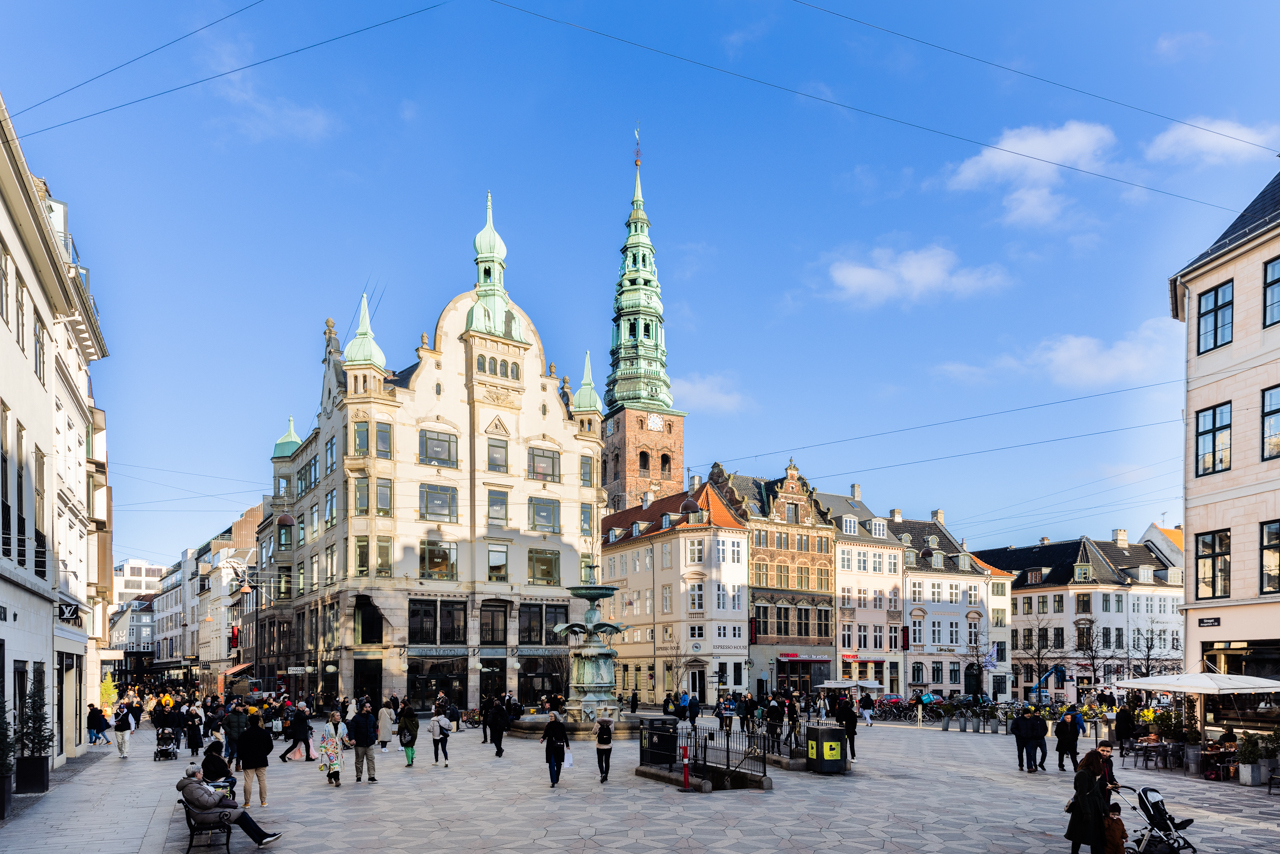
Copenhagen greets you with old-world spires rising over tranquil canals, where the hum of cyclists and the aroma of fresh pastries guide you from weathered cobblestone squares into sleek, minimalist cafés. You might spend the morning marvelling at centuries-old timbered houses then devote the afternoon to avant-garde galleries – a natural conversation between heritage and innovation.
This spirit carries through in the cityscape. Christian IV’s 17th-century landmarks share the skyline with modernist buildings by architects like Arne Jacobsen, illustrating a dialogue of design that never stands still. Creativity here isn’t limited to brick and stone: Copenhagen also leads the New Nordic cuisine movement, where hyper-local sourcing and gastronomic innovation, sparked by internationally acclaimed restaurant, have redefined gastronomy. As you wander its streets and savour its cuisine, you’ll discover a city that honours its past while continually shaping its future.
What to see
Begin your exploration in the historic heart of Copenhagen at the Round Tower, a remarkable example of 17th-century Danish architecture. As you ascend the unique spiral ramp that a Russian Tsar once allegedly traversed on horseback, you’ll step back in time, tracing the path laid down by King Christian IV to promote astronomical research following the death of the famed Tycho Brahe. Today, the tower not only serves as a portal to the stars, with its observatory being the oldest still in use in Europe, but also as a cultural venue. The library hall halfway up, once frequented by Hans Christian Andersen, now hosts diverse exhibitions ranging from art to science.
A few streets away, the National Gallery of Denmark (Statens Museum for Kunst) offers an expansive narrative of art from the past seven centuries. It houses everything from Renaissance masterworks to contemporary pieces by artists like Elmgreen & Dragset. The gallery’s collection includes significant works by Danish Golden Age artists, modern masters like Matisse, and innovative contemporary pieces, making it a central pillar in Copenhagen’s art scene. The SMK isn’t just a gallery; it’s a vibrant cultural hub offering everything from guided tours to art talks and workshops.
Stroll along the cobbled paths of Nyhavn, once a bustling commercial port and now one of the city’s most picturesque spots. This colourful district, with its beautifully preserved old houses, now hosts a lively array of restaurants and cafes, offering a perfect backdrop to the jazz tunes that often fill the air. Walking down Nyhavn is like following in the footsteps of Hans Christian Andersen, who penned several of his fairy tales while living here.
No visit to Copenhagen is complete without a moment at the waterfront to admire The Little Mermaid, a symbol of Danish heritage inspired by Andersen’s poignant fairy tale. Despite its history of vandalism, the statue remains an enduring icon, gazing wistfully towards the land.
For a serene escape, wander through the Botanical Garden, where the legacy of Christian IV continues amid a collection of over 13,000 plant species. The historic Palm House, reminiscent of London’s Crystal Palace, offers a lush tropical environment and a butterfly house that bursts into life during the summer months.
Finally, experience royal history at Amalienborg Palace, the home of one of the world’s oldest monarchies. Witness the daily changing of the guard or explore the lavish rooms at the Amalienborg Museum, each telling stories of Denmark’s royal past and present.
In the domain of modern architecture, Copenhagen’s Opera House and the Playhouse, situated across from each other on the Honsebrolobet Canal, epitomise the city’s architectural valour. The Opera House, a grand creation by Danish architect Henning Larsen, is clad in Jura Gelb limestone and features interiors of Sicilian marble and gold-leaf ceilings. It serves not just as a venue for opera but also as a showcase of Danish design.
Directly opposite, the Playhouse stands as a beacon of modern dramatic arts, its contemporary design complementing the historical elegance of the Opera House. The area is a cultural hub, offering stunning views and inviting cafes along the waterfront promenade.
Just a short walk away, the Danish Architecture Center (DAC) at BLOX enriches the cultural landscape, exploring the past, present, and future of Danish architecture. DAC’s exhibitions and interactive installations highlight Denmark’s innovative urban planning and sustainability efforts, making it a key destination for understanding Copenhagen’s architectural journey.
Where to eat
The culinary landscape in Copenhagen is truly exceptional, featuring a unique array of Michelin-starred restaurants and exciting new culinary ventures. We’ve curated a list of dining spots that are a must-visit for any food lover.
Noma: A vanguard of innovation
Noma isn’t just a restaurant, it’s the epicentre of the New Nordic cuisine movement. Since its inception by chef René Redzepi in 2003, Noma has redefined global gastronomy, emphasising radical local sourcing and inventive dining. Awarded three Michelin stars and repeatedly named the Best Restaurant in the World, Noma offers more than just meals, it promises a culinary experience.
Within its Scandinavian-designed spaces, every detail from the wood-centric interior to the glass partitions blurs the line between dining and a connection with nature. This setting reflects its ever-evolving menu, which is divided into three seasonal themes that showcase the best of what the region has to offer: Scandinavian shellfish, local vegetables and wild game. Each dish is not only a burst of pure, intense flavours but also a testament to sustainable practices and culinary excellence.
As pioneers, Noma and its alumni have transformed Copenhagen into a gastronomic powerhouse, inspiring a wave of top-tier restaurants across the city. This beacon of innovation continues to draw food lovers and critics alike, ensuring that a reservation at Noma is a coveted ticket to one of the most unforgettable dining experiences in the world.
Geranium: Striving for perfection
Ranked number two on the World’s 50 Best Restaurants list, just behind Noma, Geranium is a fine-dining establishment that epitomises the pursuit of perfection in every dish. Situated on the eighth floor of the Parken stadium in the Østerbro neighbourhood, the restaurant overlooks Fælledparken and captures glimpses of the city’s green copper roofs, offering a serene dining backdrop. Chef Rasmus Kofoed, a triple gold, silver, and bronze medallist at the Bocuse d’Or, leads the kitchen, presenting a meat-free menu that is both a reflection of his personal evolution and a tribute to seasonal ingredients. The experience at Geranium is an unyielding commitment to culinary excellence, where every dish is a testament to precise craftsmanship and thoughtful gastronomy.
Jatak: The Asian influence
Small and intimate, Jatak merges Asian influences with Nordic flair, playing with mostly Cantonese but also Vietnamese flavours, crafted by Canadian chef Jonathan Tam (formerly at Relae and Noma). Nestled in the Nørrebro neighbourhood of Copenhagen, this cosy restaurant offers diners two unique experiences: an interactive seat at the kitchen counter or a meticulously curated seven-course tasting menu in the dining room. Lauded for its innovative approach, Jatak swiftly garnered acclaim, securing a Michelin star shortly after its opening. This recognition celebrates Chef Tam’s expertise in combining his heritage flavours with the minimalist principles of Nordic cuisine.
Sanchez: Mexican warmth
Nestled in Copenhagen’s Vesterbro neighbourhood on Istedgade, Sanchez captures the essence of a traditional Mexican cantina with a true devotion to Mexican flavours. Rosio Sanchez, a former dessert chef at Noma, crafts dishes that blend the finest Danish and Mexican ingredients, presenting an ever-changing menu enhanced by natural wines and craft cocktails. Her approach brings a warm, authentic Mexican dining experience to the heart of Copenhagen, making each meal a vibrant homage to her heritage
Where to shop
Like any capital, Copenhagen is also a shopping haven, especially for independent shops. Start your retail exploration on Strøget, Europe’s longest pedestrian street, which is easy to reach if you stay in a central and environmentally conoscious hotel such as Villa Copehagen. While it boasts major international brands and Danish design icons like Illums Bolighus, the real treasures are found in the side streets. Strædet, running parallel to Strøget, is particularly rich with unique boutiques and vintage shops.
For a taste of local Copenhagen, head to Nørrebro. Streets like Blågardsgade, Jægersborggade, and Elmgade are lined with distinctive boutiques and vintage stores. Similarly, Vesterbro’s Istedgade offers a delightful mix of design stores, fashion boutiques, and cosy bakeries. Nearby Værnedamsvej, often referred to as Little Paris, combines chic fashion shops with exquisite delicatessens and inviting eateries – perfect for refuelling after a day of shopping.
If your shopping list includes high-quality local food, Copenhagen’s markets like Torvehallerne are not to be missed. Here, you can indulge in fresh food stalls, oyster bars and specialty shops like a French cheese purveyor, alongside delicious dishes at places like Hija de Sanchez.
From upmarket fashion to minimalist interior designs, Copenhagen’s shopping scene showcases a wide array of styles and tastes, combining Scandinavian elegance with global trends.
Food Desk
Photos: Filippo L’Astorina/Laura Denti

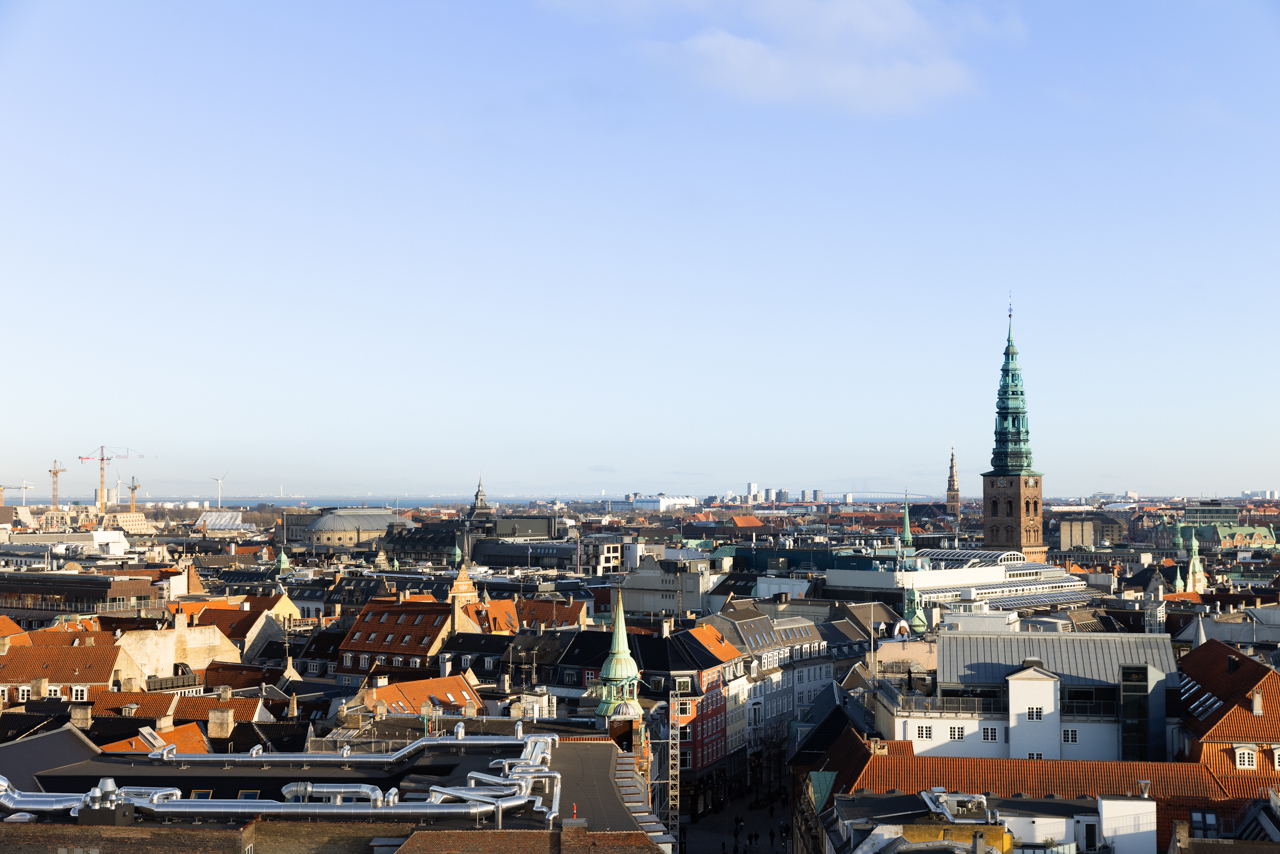

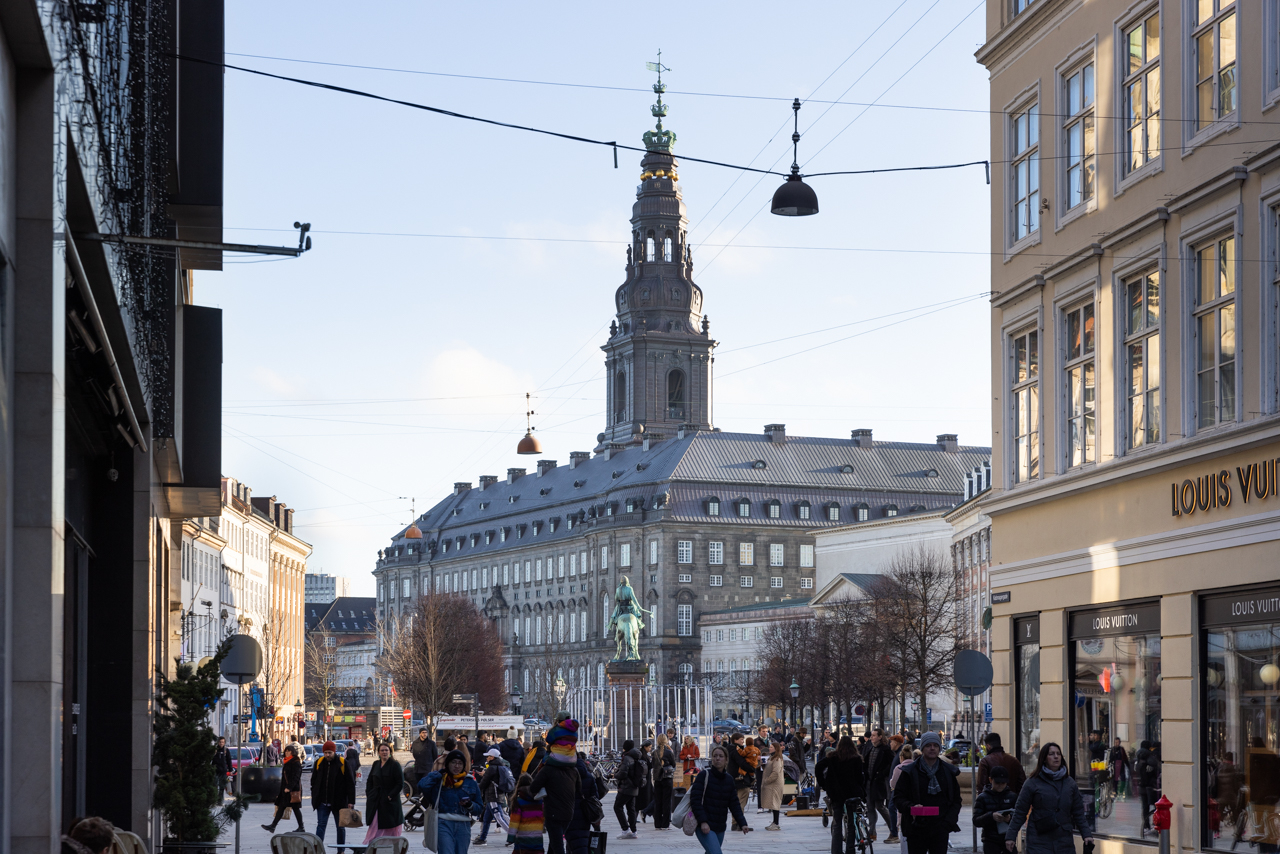

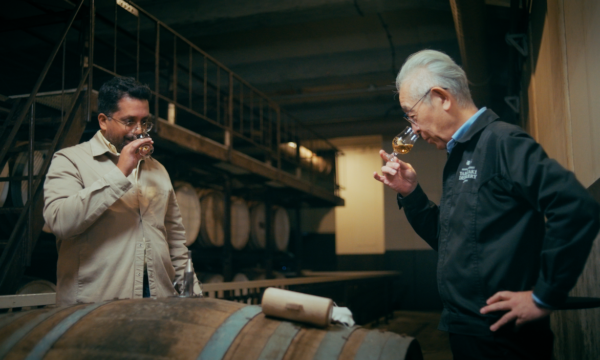

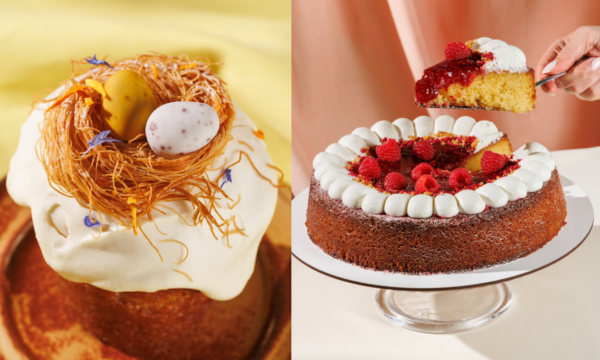

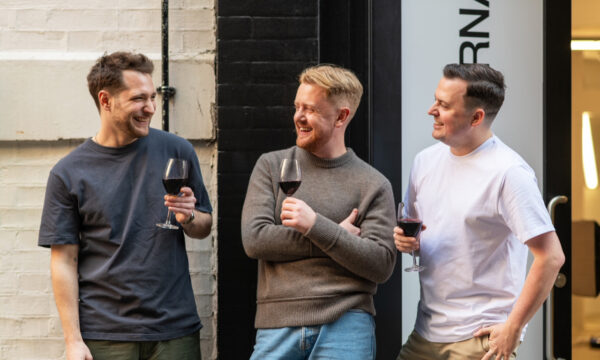

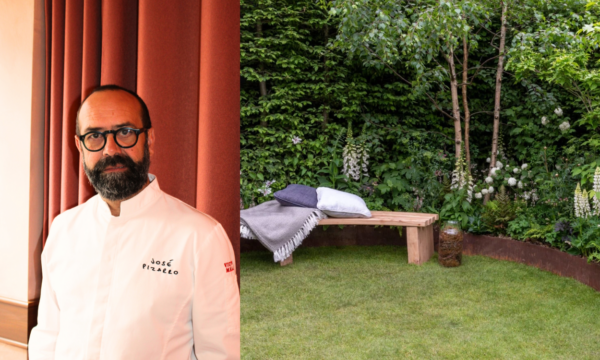












Facebook
Twitter
Instagram
YouTube
RSS